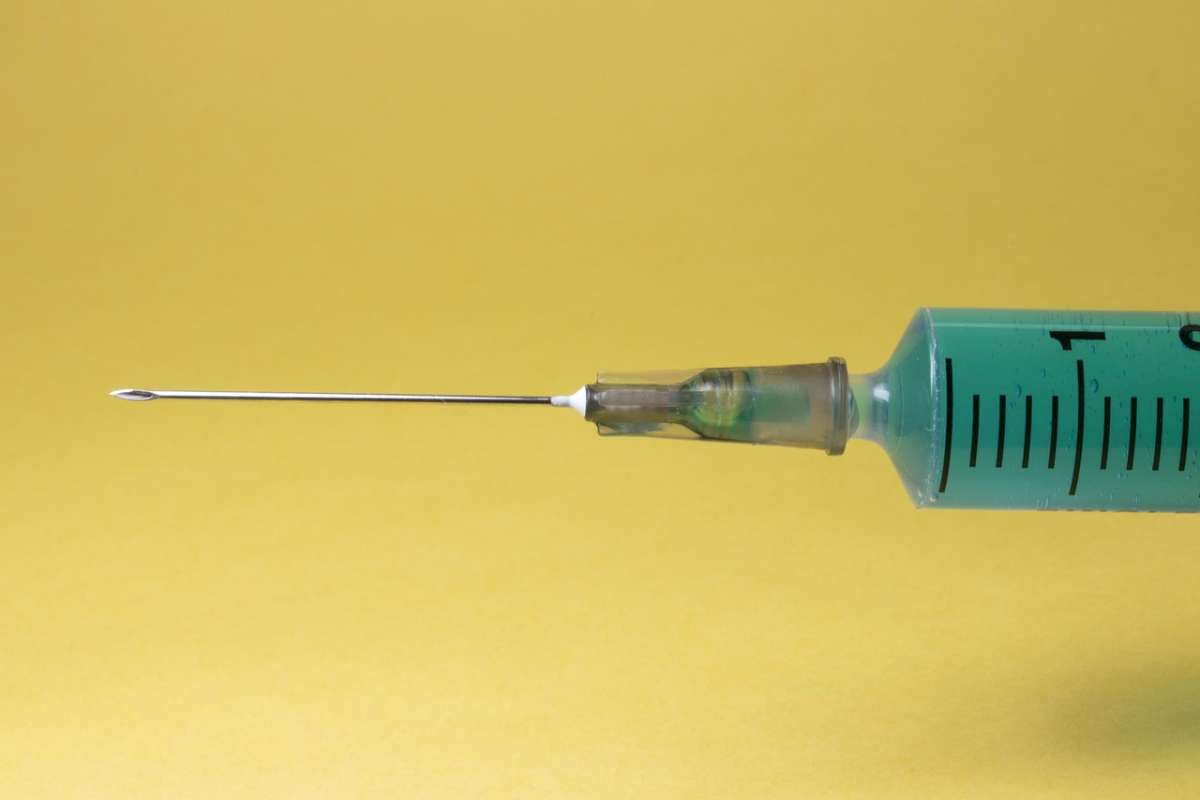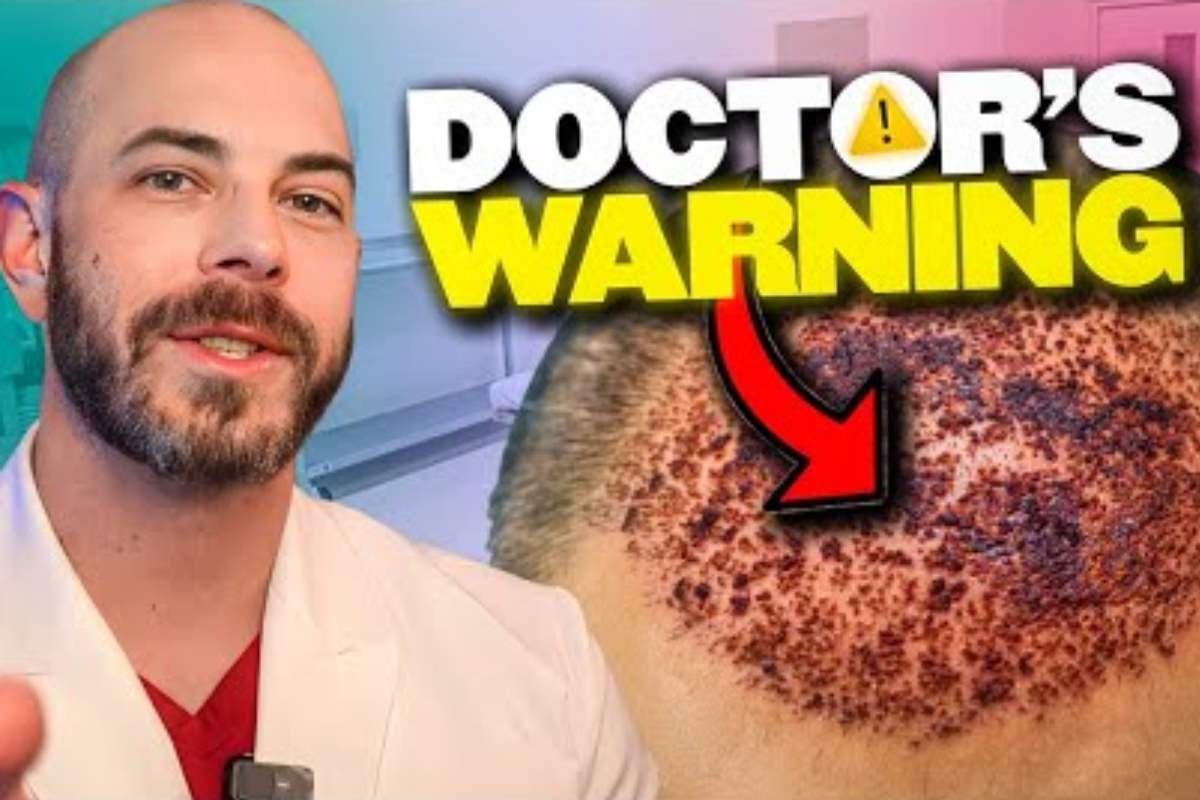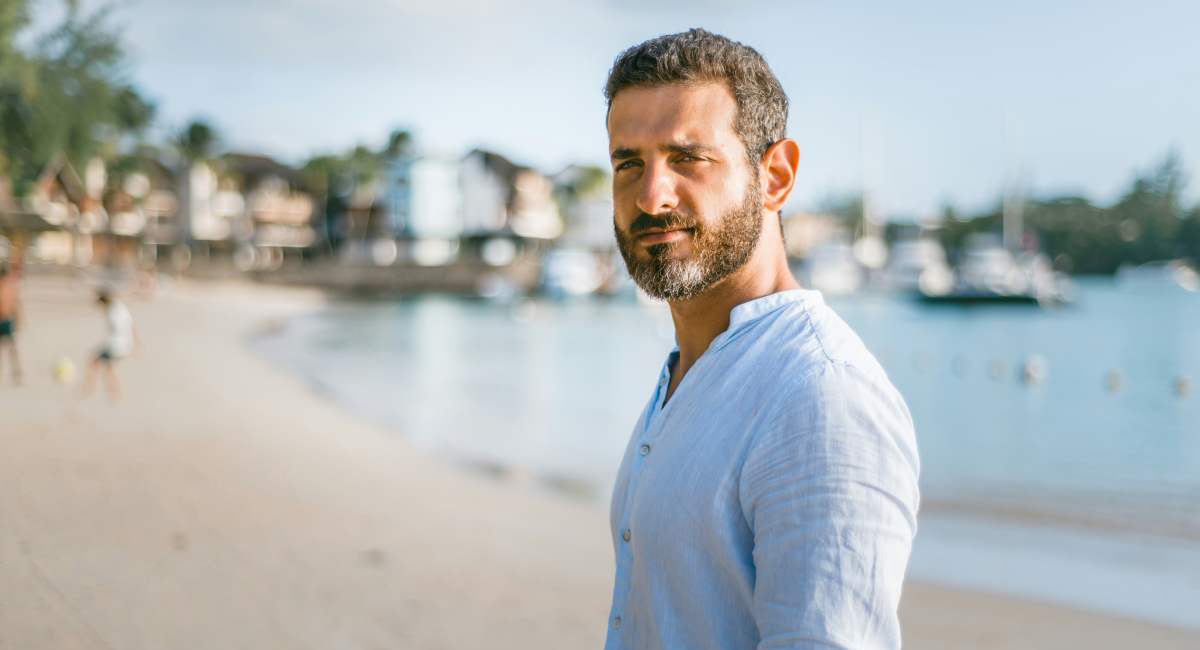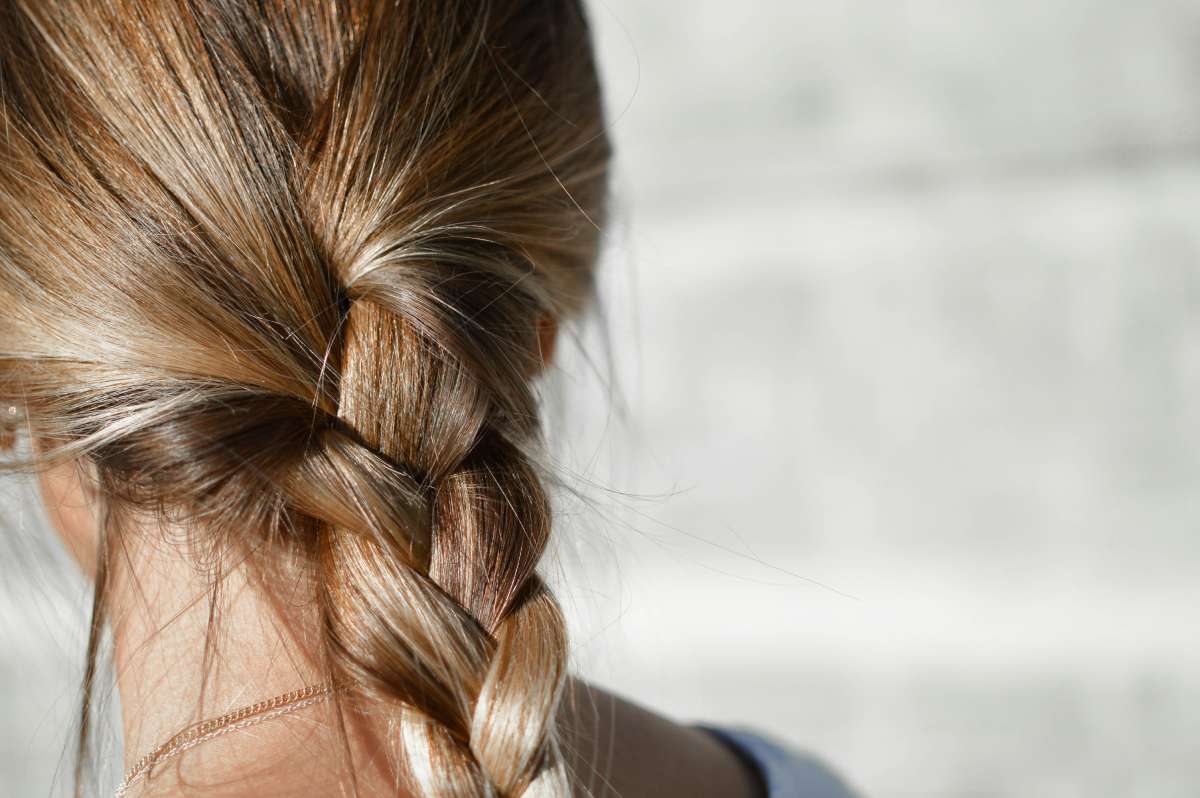Recovering from hair transplant surgery is the most uncomfortable part of the procedure, but not knowing when you can resume the activities you love can be even more frustrating. As summer begins to creep up on us, many people wonder when they can jump back into the pool after undergoing a hair transplant procedure.
Thankfully the answer is yes, you can absolutely go swimming after your hair transplant, however, you will have to wait until your scalp heals.
Hair Transplants and Swimming
After undergoing a hair transplant procedure there are certain protocols you will have to follow as your body heals from the surgery. Since the surgery requires having one part of your scalp moved to another part of your scalp, there is going to be some tenderness as well as redness, crusting or flakiness. Like any cut or trauma to the skin, whether it’s accidental or intentional, there’s always the small possibility for infection as your body heals.
Because of these risks, it is advised that you do not go swimming until you’ve received the all-clear from your doctor.
Water may contain different bacteria or chemicals that can affect the healing area of your scalp, which can in turn lead to complications and/or infections. Because of this, your doctor will send you home with specific instructions to follow.
These instructions can be specific depending on your doctor, but there are some general rules you’ll want to follow when it comes to swimming after a hair transplant.
How Long After Hair Transplant Until I Can Swim?
After completing a hair transplant procedure, your scalp will be wrapped in bandages or a cap for a couple days as the healing process begins. During this time, it is important that you do not get your scalp wet and avoid any strenuous activities.
After the 48 hours are over, you should be cleared to shower again with stipulations. This does not clear you from being able to swim quite yet. Since there are different chemicals and bacteria in pools, lakes, and oceans, it’s important to wait until you get approval from your doctor before you go swimming.
Chlorine or Bromine, which is used in pools to help destroy bacteria and viruses, can irritate your scalp while it’s healing. It can also cause negative affects to the follicle grafts that have been implanted. Although there are times when dermatologists, like Dr. Krejci, will advise patients with eczema to take “bleach baths.” But we are talking about post-op instructions, not eczema in this case.
In addition to that, salt water and fresh water, in the form of lakes, rivers, and oceans, can also increase your risk of infection. While some doctors used to believe that swimming in salt water after a hair transplant could be beneficial, recent studies have determined that the risk of getting an infection outweighs any benefits the natural water may have on the healing process, so it’s best to just avoid swimming altogether for 10 days. At this time, the newly grafted follicles have taken root and are securely attached to their new location where they were placed.
Besides the risk of infection or irritation, there’s another important reason to avoid swimming or submersion in water shortly after hair transplant. When grafts are placed into the scalp, whether it’s in the frontal hairline, top or crown of the scalp, they are held in place by simple elasticity of the surrounding skin. There are no sutures or glue holding them in. If you were to go swimming within the first week of your surgery, it’s possible that your grafts could become dislodged and literally float away! Dr. Limmer experienced this decades ago when one of his patients, an avid swimmer, tried to get back to his usual exercise too soon. Losing your grafts in the pool is not worth the risk, so you’ll need to wait for water activities until the grafts are secure in their new “home.”
Your doctor may want to see you for a post-op evaluation to ensure that everything is healing properly but in Dr. Krejci’s personal experience, infection after hair transplant is EXTREMELY rare. She finds the scalp to be very forgiving and most hair transplants patients tend to be in good health to begin with. Also, with the natural oils on the scalp and around the hair follicles, there is some natural protection against infection. In general, a post-op visit can range from 2 weeks after the appointment to 6 months, depending on your individual doctor.
Once you’ve gotten the ok from your doctor, and everything has healed up properly, then you will get the ok to go swimming again, but in the first 7-10 days after surgery you need to be cautious.
Things to be Careful of When Swimming After a Hair Transplant
After your doctor gives you the ok to start swimming again after your hair transplant, there are still some things you should be careful of.
While your scalp may be healed and the scabs may have fallen off, you can still cause damage to the newly transplanted follicles if you’re not careful. Avoiding things like diving headfirst into the water, wearing a tight-fitting swim cap or diving gear, or playing water sports, can all cause possible damage to your scalp.
As with physical activity outside of the water, don’t be quick to rush back into things until everything has healed up properly. The newly transplanted hair shafts will fall out in a few weeks, since it’s dead hair, but the living follicle/hair bulb in your scalp will grow new hair over the next months, so it’s important not to damage them before they start to grow.
Physical Activity After a Hair Transplant
The most important thing to do after undergoing a hair transplant procedure is to follow your doctor’s post-op instructions. As long as you choose a good doctor, with the proper experience and accreditation, they will advise you on properly caring for your scalp after the procedure.
They will have your best interest in mind when it comes to post-op care as it also benefits them if you have a successful and complication-free procedure.
Listen to your doctor.
Do not get your scalp wet for at least 48 hours after the procedure, avoid physical and strenuous activities including swimming, strenuous exercise, golf/tennis, contact sports, weightlifting, etc., until you get the final ok from your doctor.
You wouldn’t want to do anything to compromise the procedure or that might cause the follicles to become damaged in their new home on your scalp, so it’s important to take these notes seriously.
If you would like to setup a consultation regarding a hair transplant or hair loss treatment plans, please contact us today at the Limmer Hair Transplant Center in San Antonio, Texas. We’re happy to talk you through all the different hair loss treatment options and help you get the full head of hair you thought you lost.







